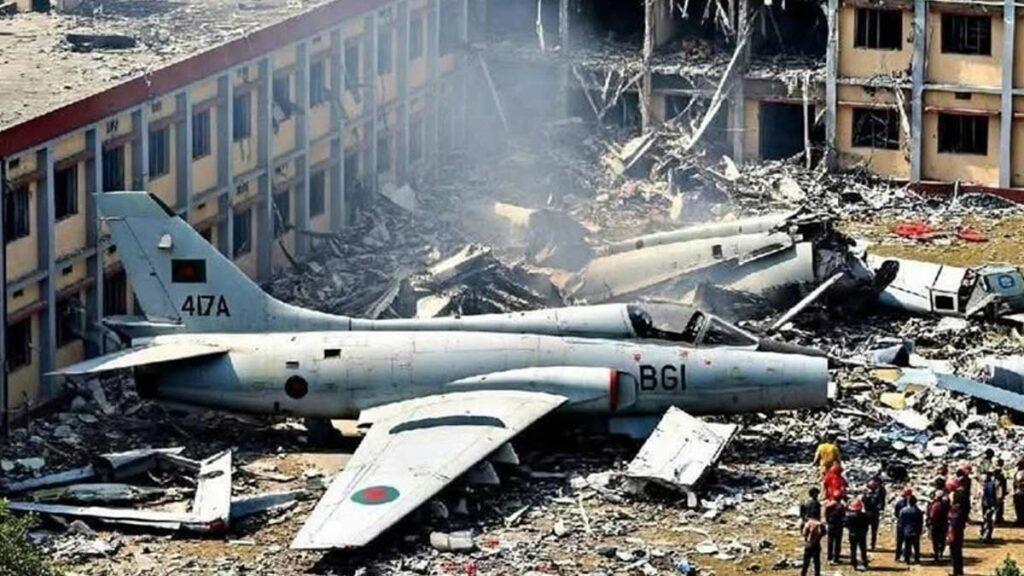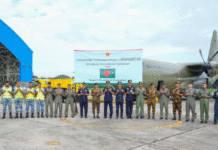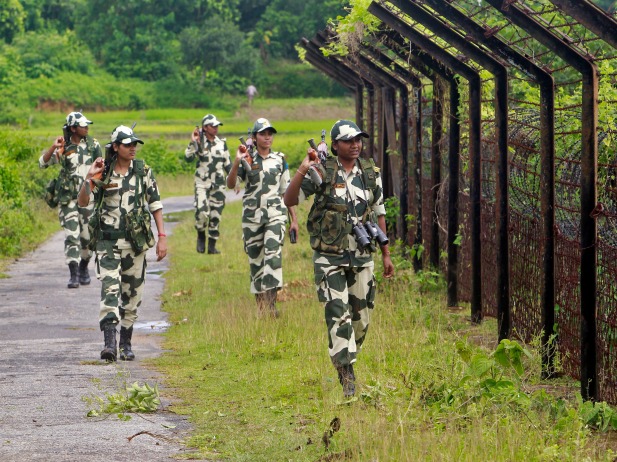Bangladesh observed a day of mourning on Tuesday, with flags flying at half-mast and special prayers held at places of worship, a day after the country’s deadliest aviation accident in decades.
At least 31 people were killed, and more than 170 injured, on Monday when a training aircraft of the Bangladesh Air Force (BAF) crashed into the campus of the Milestone School and College in Dhaka shortly after taking off from Kurmitola airbase.
“Those dead included 25 children, a teacher, and the pilot,” Sayedur Rahman, a Health Ministry spokesman, told reporters in Dhaka on Tuesday. He said that at least 88 people were hospitalized with burn injuries.
Bangladesh’s interim leader, Muhammad Yunus, pledged an investigation, expressing his deep sorrow over the “heartbreaking accident.”
Deadliest among Bangladesh Air Force jet crashes
The F-7 BGI is an advanced variant of a Chinese-designed Chengdu J-7/F-7 aircraft. Bangladesh signed a contract for 16 aircraft in 2011 and deliveries were completed by 2013.
Monday’s incident marks the country’s deadliest aviation accident in decades, authorities said. However, observers noted that several accidents have occurred in the past involving the aircraft family.
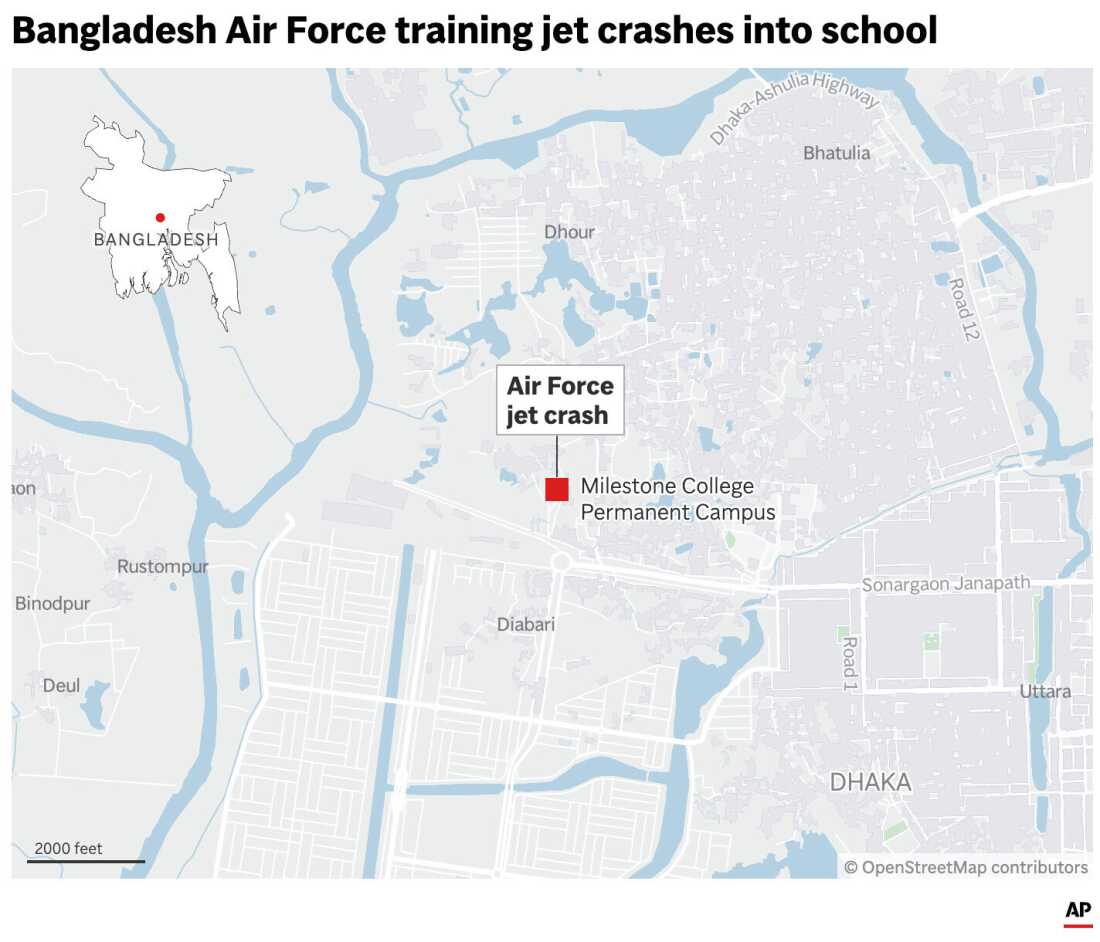
In April 2008, another F-7 training fighter jet crashed into a village in Tangail, 83 kilometres (56 miles) northwest of Dhaka, killing its pilot, who had ejected after he discovered a technical problem.
In June 2015, an F-7 MB fighter jet crashed off the coast of the Bay of Bengal near the port city of Chattogram. The pilot went missing after the crash.
In November 2018, an F-7 BG crashed during a training session in Tangail, killing the pilot. The aircraft had taken off from Dhaka and crashed just 25 minutes into the flight, catching fire upon impact with the ground.
Zulkarnain Saer Khan, an investigative journalist based in London, believes that despite those accidents, the BAF continues to use the F-7 due to “economic necessity, established infrastructure, and slow procurement of modern aircraft.”
“While plans to acquire Eurofighter or JF-17 jets show progress, Bangladesh’s limited budget and complex procurement process delay the phase-out of the F-7,” he told DW.
“Rigorous maintenance and expedited modernization are critical to reducing risks, but these face significant economic and logistical challenges.”
Calls grow to relocate military bases
Immediately after Monday’s incident, many people took to social media to renew calls for relocating military bases from Dhaka to elsewhere.
Bangladesh’s capital is considered one of the most densely populated urban areas in the world, with over 22 million people living in an area of approximately 300 square kilometers (116 square miles).
A large part of the capital is occupied by a military garrison that many believe should be moved elsewhere due to safety reasons.
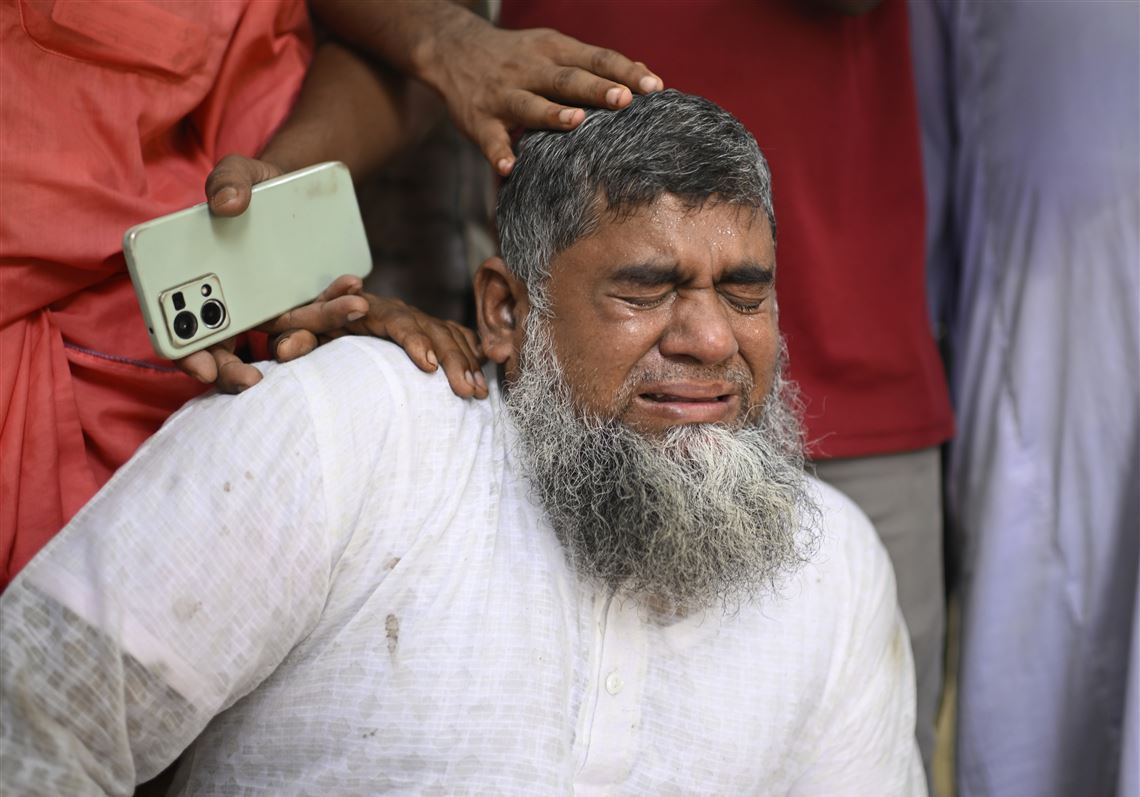
Dhaka-based lawyer Sara Hossain pointed out that while other cantonments are located outside main cities, Dhaka has a cantonment situated deep within the megacity.
“It’s a restricted area where ordinary people can’t enter, which is more problematic. Why should there be two classes of people, with one having access to the cantonment and others not? Roads are shut for others. I don’t see any logic behind it.”
Zyma Islam, a local journalist in Dhaka, has cast doubt on the military’s claim that “mechanical failure” was to blame for the crash.
“We do know the army was conducting military jet fighter training in heavily populated civilian areas,” the senior reporter from the Daily Star told DW.
She questioned “whether or not we should be conducting military training in a very densely populated city like Dhaka.”
Islam added that the crash affected a primary school.
“There is this deep sense of shock and devastation and anger,” she said. “It’s not OK for parents to send their children to school and have them turn up in body bags.”
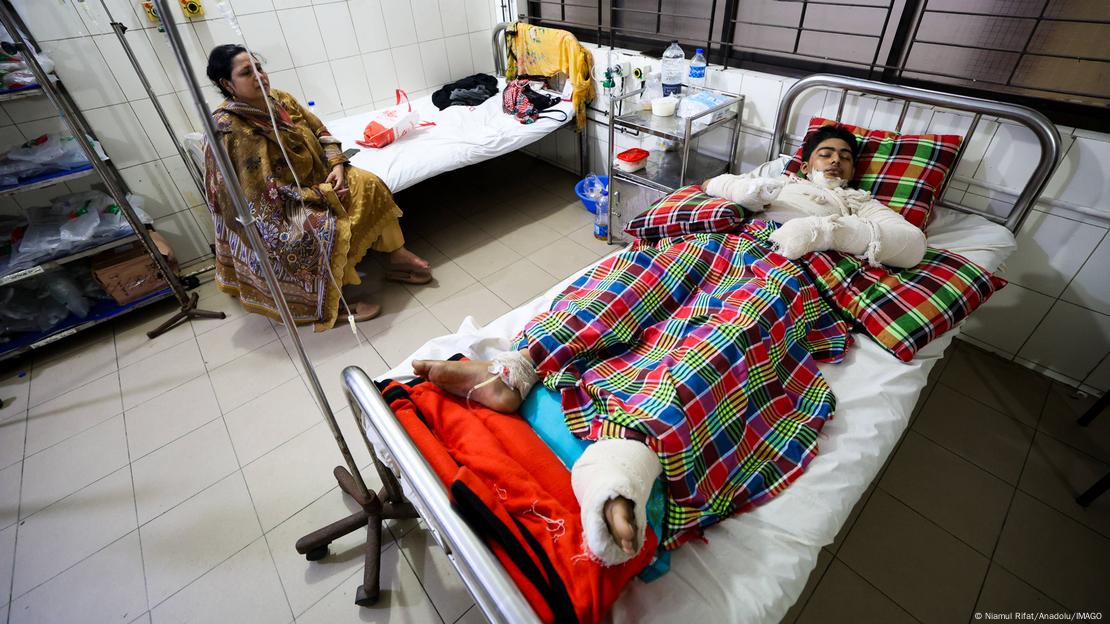
‘Training over populated areas should be banned’
BAF’s base in Dhaka has been using the runway of the country’s main civilian airport for its training purposes for decades.
Observers say the shared runway’s approach path, known as the “final” in aviation terms, extends 6-8 nautical miles and passes over densely populated areas, such as Uttara, where the school was located just 1.9 nautical miles (3.5 kilometers) from the runway’s touchdown point.
Sara Hossain thinks that in light of Monday’s incident, the government should issue an administrative order to ban Air Force training flights over populated areas.
“The crash was unwanted and avoidable. Administrative orders should be issued immediately to stop repetition of such incidents in the future,” Hossain told DW.
“The military and air force have many open areas where such training can take place. There is no need to conduct such training in populated areas.”
“There should be an investigation to find out who made the calls to conduct training in these areas and whether a risk assessment was done beforehand. Those responsible should be held accountable,” she added.
However, investigative journalist Khan believes that BAF is not ”intentionally conducting” training over populated areas, and the problem lies with ”poor urban planning.”
“The real issue lies in poor urban planning and lax zoning regulations that allowed a school to be built in such a high-risk aviation zone,” Khan told DW.
Authorities like the Civil Aviation Authority of Bangladesh (CAAB) and local government “must be held accountable for permitting settlements near the runway’s approach path, a necessity for both military and civilian aviation,” he said.
“Public focus should shift to demanding stricter zoning laws and better urban planning to prevent further encroachment, as relocating the runway is infeasible due to cost and land limitations,” Khan added.



